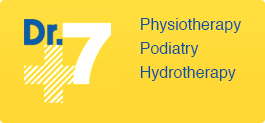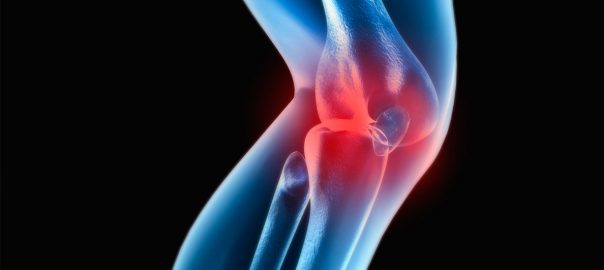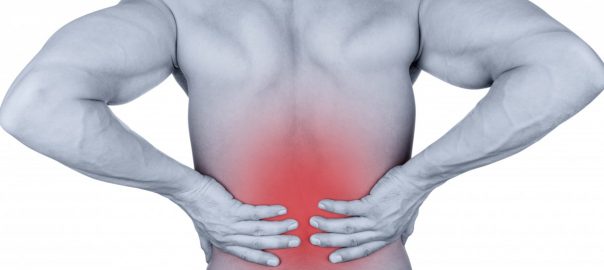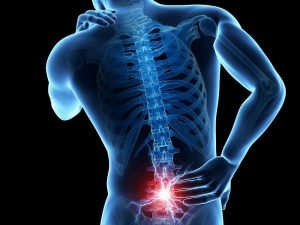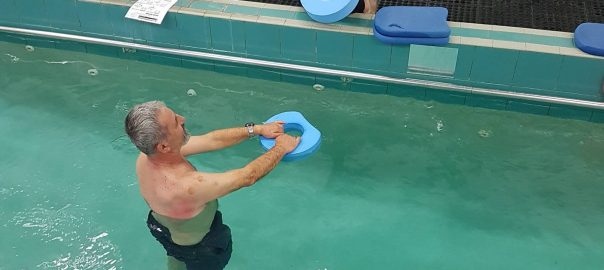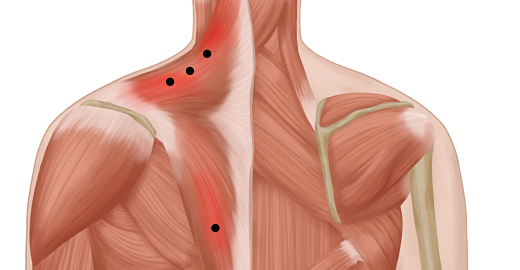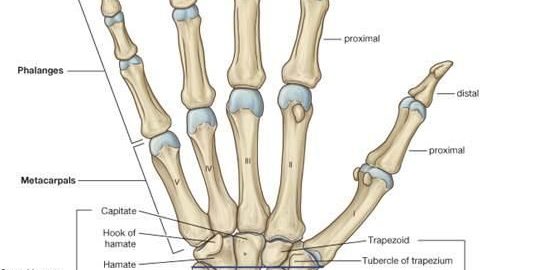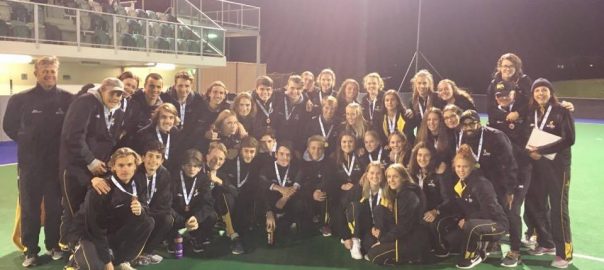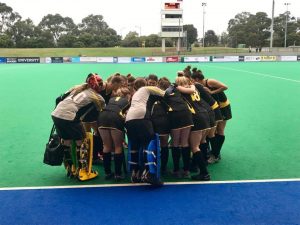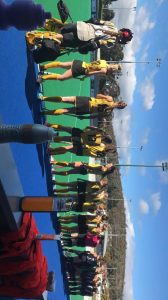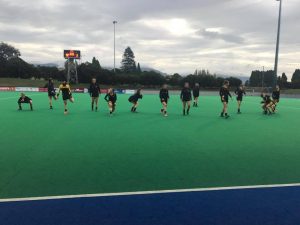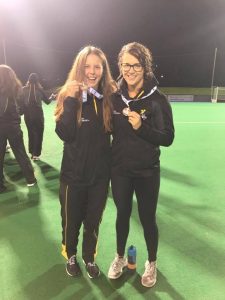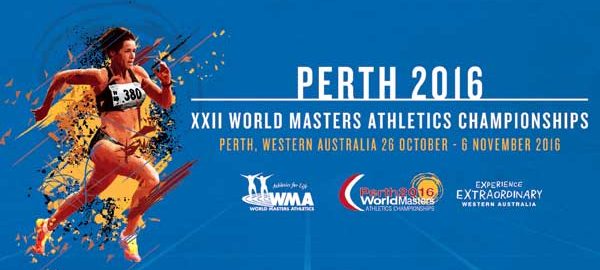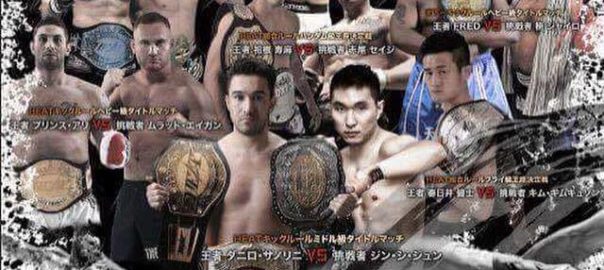Knee pain and physiotherapy. A common problem we see at Dr7 Physiotherapy and Podiatry Yokine. No matter what sport you play, you must always look after your knees because if you suffer an injury, you may not walk, jog or run comfortably.
Causes:
Knee pain can be caused by arthritis, sporting injuries and other traumatic events.
Injuries:
- Ligament tears, including Anterior Cruciate Ligament (ACL) – One of the four ligaments which connects your shin bone to your thigh bone. If the ACL is torn, your knee will be unstable and may give way when stopping suddenly.
- Fractures – Bones in your knees including the knee cap (patella) may be broken in car crashes or falls. Knee pain can be associated with a fracture.
- Torn Meniscus – The meniscus is a rubbery cartilage which acts as a shock absorber between your thigh bone and shin bone. When torn or damaged, you may experience deep knee pain, swelling and sometimes clicking and you are susceptible to more injuries because the knee will be unstable.
Types of Arthritis:
- Osteoarthritis – The most common type of arthritis which deteriorates the cartilage in your knee due to wear and tear.
- Pseudogout – Caused by calcium containing crystals that develop in the joint fluid in the knee.
Other Problems:
- Runners knees / patello-femoral pain – is the knee pain that is felt behind your kneecap. Usually, the pain is under and around the kneecap.
- Back, hip/foot/knee pain – When you experience pain elsewhere, such as in the back, hip, or foot, you will usually compensate for it by walking differently. This compensation in walking or running can increase pain in the affected knee and may cause wear and tear in the cartilage.
- Overweight – Being overweight can put more stress on your knee joints.
- High intensity sports – Sports such as basketball, soccer, football requires a lot of sudden change of direction and stopping which can cause sudden injury or gradual wear and tear of the knee.
Treatment:
- Physiotherapy is the first line and usually the most effective management for acute and ongoing knee pain.
- Strengthening – general gym based exercises such as quad extensions and hamstring curls , as well as body weight dynamic exercises , such as squats and lunges are effective and safe ways to strengthen your knee. However, most injury related will need a specific conditioning program. At Dr7 Physiotherapy Yokine, we can accurately diagnose your condition and treat, then outline an effective program to get you back to peak condition.
- Medication – Pain medication such as paracetamol, anti-inflammatories to relieve the knee pain.
- Surgery – This is the last option and is usually taken up by some patients who has had extensive physiotherapy without success. Your GP will usually do scans and will make the appropriate referral.
- Acupuncture/Dry needling – There is increasing credible evidence to suggest that acupunture ( also known as dry needling ) is very effective in managing knee pain. Our physios at Dr7 Physiotherapy Yokine can administer acupuncture/dry needling as part of the management program.
Prevention:
- Gym – Strengthening your leg muscles to help better support your knees.
- Posture – Having correct posture when walking or running may put less strain on your joints in the knees.
- Visiting a physio – At Dr7 Physio Yokine, our physios are able to assess and create a treatment plan.
We are well located to provide physiotherapy, podiatry, hydrotherapy and massage to Yokine, Dianella, Joondana, Tuart Hill, Osborne Park, Coolbinia, Mount Lawley, Bedford, Inglewood, Balcatta, Stirling, Nollamara and surrounding Perth communities.
We have been providing friendly and professional physiotherapy, podiatry, hydrotherapy and massage treatment since 2001.
